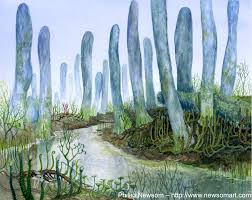- wildwoodlandlearning
- Jul 3, 2022
W.I.L.D. is celebrating becoming only the 5th Forest School Association recognised provider in Scotland! We join our friends at OutLET: Play Resource, Auchinairn OSC, Earthtime and Arnhall day nurseries in being worthy of this fantastic achievement.
What does it mean? Well, here's what the Forest School Association says:
Forest School is a specialised learning approach based in a woodland or natural environment with trees. It offers all participants regular opportunities to develop self-confidence and esteem through hands-on learning experiences. Its roots reach back to early years pioneers in outdoor learning in Scandinavia.
In October 2017, the Forest School Association (FSA) - the UK’s professional body and voice for all things Forest School - launched a new scheme to recognise Forest School Providers who demonstrated that they are following good Forest School practice - the FSA Recognised Forest School Provider scheme. Successful applicants such as W.I.L.D. are added to a publicly accessible map on the FSA’s website www.forestschoolassociation.org/find-a-forest-school-provider/
For parents wondering where to send their children, or even for decision makers such as Local Authorities, it is important to know that a provider is operating professionally. Are they working in accordance with good Forest School practice? Are the sessions conducted so that the children’s self-confidence, communication skills, use of tools (among other skills), is progressing week on week? Do they have the appropriate qualifications, First Aid Certificate and risk assessment processes in place? Are the woodland sites well managed? The FSA Recognised Forest School Provider Scheme offers that reassurance!
Thanks to Amy, one of our incredible parents for creating this beautiful video explaining the six principles of Forest School and capturing the essence of W.I.L.D.




















































